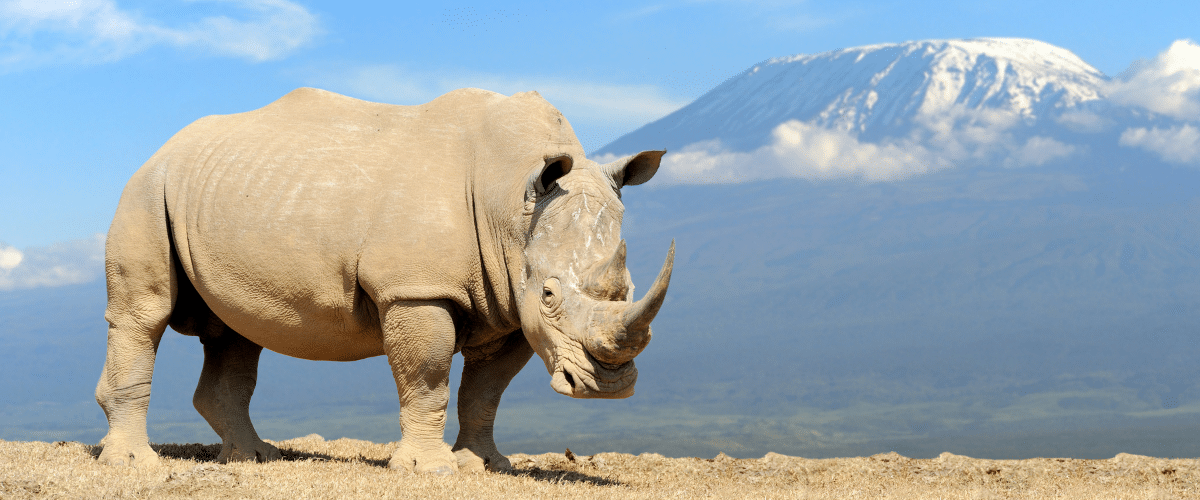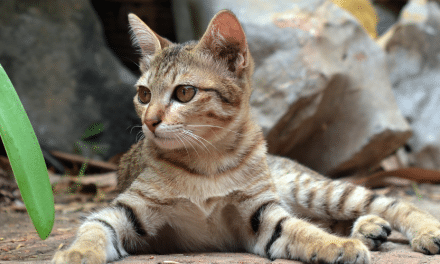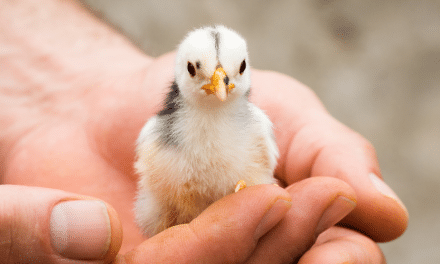Review by Julie Elizabeth Boyd
The book Survival or Extinction? is dedicated to an animal named Sudan: “For Sudan, the last male northern white rhino, who, unlike so many other rhinos, was fortunate enough to pass away peacefully, in the company of loving friends and carers.” Many of us mourned Sudan when he passed away in 2018, as he was the last of his kind. With this dedication, the author reminds us that the battle to save endangered has only just begun.
The author, Bridget Martin, is clearly passionate about the plight of elephants and rhinos. This book is the result of in-depth research, analysis, and examination of the illegal wildlife and trafficking trade, specifically focused on these two magnificent animals, the victims of the elephant ivory and rhino horn markets. The author leaves no stone unturned as she explores this enormous problem and its driving forces, as well as the challenges facing those trying to fight it.
Survival or Extinction? arrives at a pivotal time, as we face mass extinction of an alarming number of species, including elephants and rhinos, on an unprecedented scale. The purpose of this book is not only to inform readers of what is happening and how, but also to empower people to work to prevent or at least mitigate the harms facing these animals. The book describes the many threads in the web of wildlife crime, and although untangling all the elements contributing to the illegal wildlife trade is difficult, we cannot tackle it until we understand how it is all connected.
As such, Martin describes the strategies used by various organisations fighting wildlife crime. These organisations, in addition to legislators, policy makers, education-providers, and community workers, have endless work to do, and they require cohesive methods. However, the very existence of these organisations, these committed people working so hard to challenge and change the status quo of the illegal wildlife trade, gives us hope for the future.
Martin covers a great deal, including the historical and political landscapes of particular regions, details of ivory and horn seizures, and facts about organized criminal gangs and networks. She also shares information about the international scope of the trade and how the internet is being used for further criminal activity by wildlife traffickers. Most interesting to lawyers, she highlights and critiques legislation as well as the role of CITES, the multilateral treaty meant to protect endangered plants and animals.
There’s positive discussion as well, regarding the work of monitoring groups like MIKE (Monitoring the Illegal Killing of Elephants) and ETIS (Elephant Trade Information System) and the use of technology. Also, there have been important developments established via conferences and declarations, aiming to build on existing international frameworks in order to implement effective legal frameworks and deterrents, and to promote sustainable livelihoods and economic development within local communities.
One of my favourite chapters was called ‘Seeds of Hope,’ in which the author lists the people, groups, and organisations that have worked tirelessly for elephant and rhino conservation. This chapter offers inspiration and the hope that all is not lost. As the author states: “the United Nations has recognized the seriousness of the situation and votes have been taken in the UN General Assembly[; ]it is encouraging to see so many countries keen to face the challenge and try to bring an end to such a cruel and unnecessary trade.” We can only hope that countries do indeed act to face this challenge.
This book is very interesting and informative about elephants and rhinos and the threats these iconic endangered species face from poaching, illegal wildlife crime, and trafficking of their ivory and horn. It’s equally recommended for either a lay person with a passion for wildlife, someone interested from a conservation or legal perspective, or anyone who wishes to join the fight against wildlife crime.
The author has pledged 80% of all her income from the sales of this book to go to protecting these animals and plants.
Book information: Survival or Extinction? How to Save Elephants and Rhinos, by Bridget Martin. Ebook: https://doi.org/10.1007/978-3-030-13293-4
Bridget Martin is Senior Lecturer in Law Emeritus at Lancashire Law School, University of Central Lancashire.


















